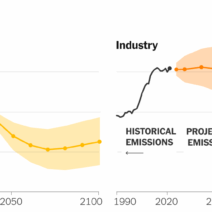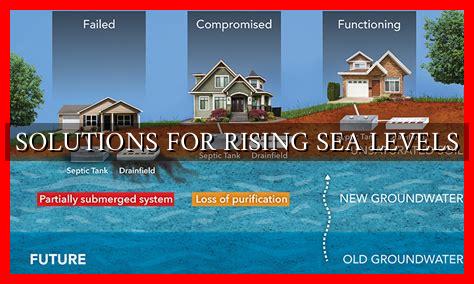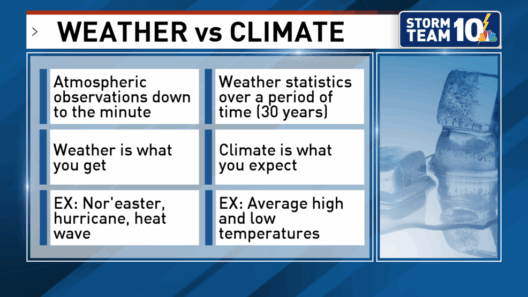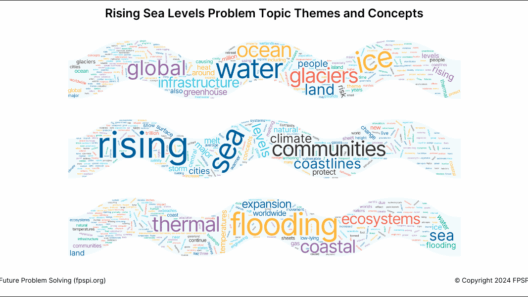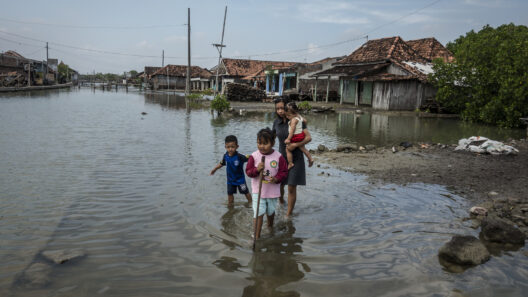Rising sea levels pose a formidable threat to coastal communities, ecosystems, and global infrastructure. With the ramifications of climate change becoming increasingly pronounced, it is imperative to adopt proactive measures to mitigate the impending challenges associated with ocean-level increases. This article delineates comprehensive strategies that individuals, communities, and policymakers can employ to combat the effects of rising sea levels effectively.
Understanding the intricacies of rising sea levels is crucial. The primary culprits include the thermal expansion of seawater due to warming and the melting of glaciers and ice caps, resulting in heightened vulnerability for coastal cities. Predominantly, these regions face heightened risks, from erosion to flooding, which necessitates immediate attention and sustained action.
To combat the multifaceted impacts of rising sea levels, three core strategies emerge: enhancing community resilience, advancing sustainable policies, and fostering global collaboration. Implementing these strategies comprehensively can serve as a bulwark against the adverse effects of climate change.
Improving Community Resilience
Local communities serve as the frontlines in the battle against rising seas. Increasing resilience through collective efforts is paramount.
Investing in Natural Barriers
One potent approach involves leveraging natural barriers. Mangroves, wetlands, and coral reefs act as formidable shields against storm surges and coastal erosion. Efforts should be made to restore and preserve these vital ecosystems, which not only protect coastlines but also enhance biodiversity. Planting mangroves can stabilize shorelines while providing habitat for countless marine species.
Implementing Green Infrastructure
Urban areas can explore the installation of green infrastructure. Rain gardens, permeable pavements, and green roofs can mitigate flood risks by absorbing and redirecting stormwater. These innovations not only manage excess rain but also enhance urban aesthetics and improve air quality.
Retrofitting Existing Structures
Infrastructure vulnerable to flooding should be retrofitted to endure rising water levels. Elevating buildings, improving drainage systems, and constructing sea walls provide immediate protection for essential structures. These modifications can prevent extensive damage and ensure business continuity during adverse weather events.
Advancing Sustainable Policies
Robust legislative frameworks are indispensable in the fight against rising sea levels. Policymakers must prioritize sustainability through impactful regulations and funding initiatives.
Implementing and Enforcing Zoning Regulations
Governments should impose stringent zoning regulations in at-risk coastal areas. By limiting development in vulnerable zones and encouraging retreat from high-risk locations, communities can mitigate future liabilities. This may involve relocating critical infrastructure and incentivizing relocation for residents in high-risk zones.
Promoting Renewable Energy
Transitioning to renewable energy sources is critical in addressing the root causes of climate change that exacerbate sea-level rise. Investments in wind, solar, and hydropower reduce carbon emissions and mitigate global warming. Additionally, promoting energy efficiency standards can contribute to substantial reductions in greenhouse gas emissions.
Funding Research and Development
Continuous investment in research and technology is vital to devise innovative solutions to counteract rising sea levels. Funding for scientific studies examining the effectiveness of different climate adaptation strategies should be prioritized. Additionally, fostering partnerships with private sectors can accelerate technological advancements and promote market readiness for new solutions.
Fostering Global Collaboration
Given that sea-level rise is a global issue, international collaboration is crucial in developing and implementing effective responses.
Engagement in Global Climate Agreements
Participation in international climate agreements, such as the Paris Agreement, is essential. These treaties facilitate collective action on climate change mitigation, thereby indirectly addressing the consequences of rising sea levels. Countries must commit to reducing their carbon footprints and invest in climate resilience measures as part of their national development agendas.
Sharing Best Practices
Global sharing of best practices can enhance local responses. Countries with advanced coastal management programs can lend expertise to developing nations, guiding them in implementing adaptive measures. This collaboration reinforces a shared responsibility toward sustainable development while enhancing resilience against climate impacts.
Supporting Vulnerable Countries
Developed nations must extend support to vulnerable countries grappling with the effects of rising sea levels. This support can come in various forms, including financial aid, technological assistance, and capacity-building initiatives. Enhanced cooperation fosters global solidarity and enables affected regions to implement effective countermeasures.
Community Engagement and Advocacy
Inclusive decision-making processes that incorporate community voices are essential in formulating effective responses to rising sea levels. Engaging local populations fosters a sense of ownership, ensuring that adaptive measures are culturally relevant and widely supported.
Conclusion
In conclusion, rising sea levels present an urgent challenge that necessitates an array of interventions. By enhancing community resilience, advancing sustainable policies, and fostering global collaboration, we can establish a robust framework to combat the impacts of ocean-level increase. It is only through concerted efforts at multiple levels—individual, communal, and global—that we can engineer a sustainable future in the face of rising seas. Through collective action, innovative solutions, and persistent advocacy, we can safeguard our communities and the precious ecosystems upon which we all depend.

